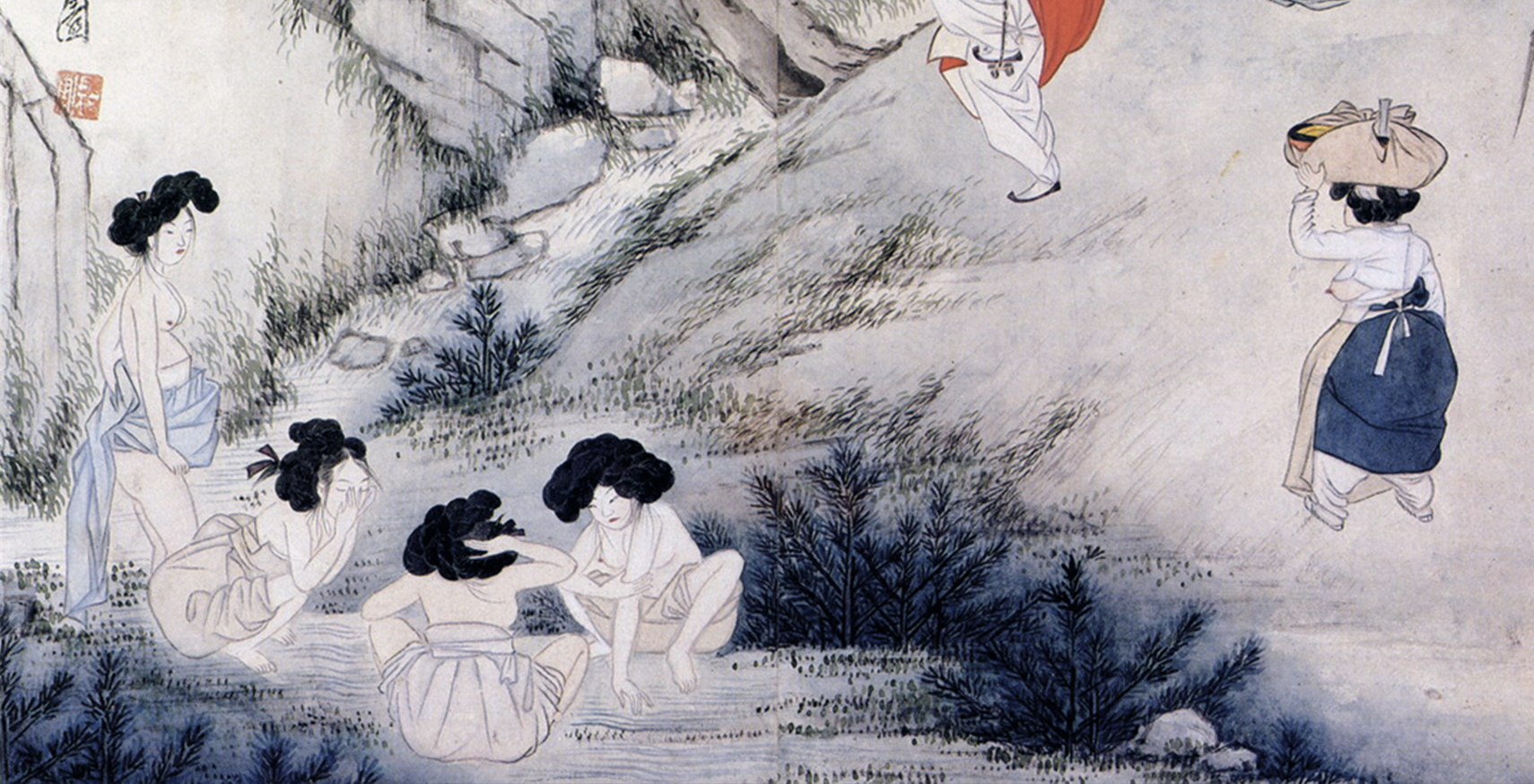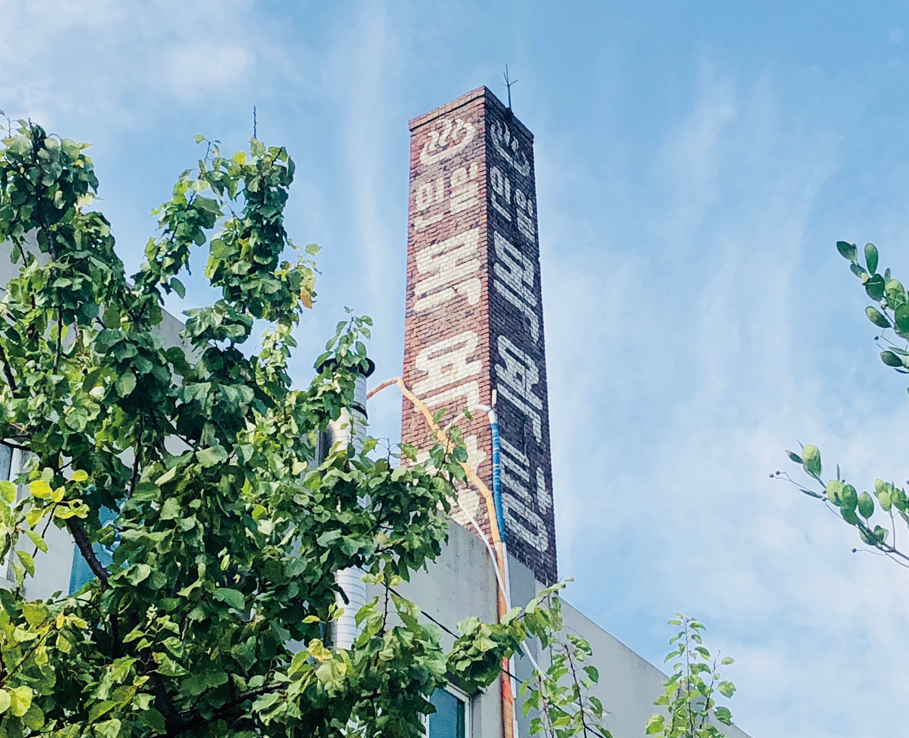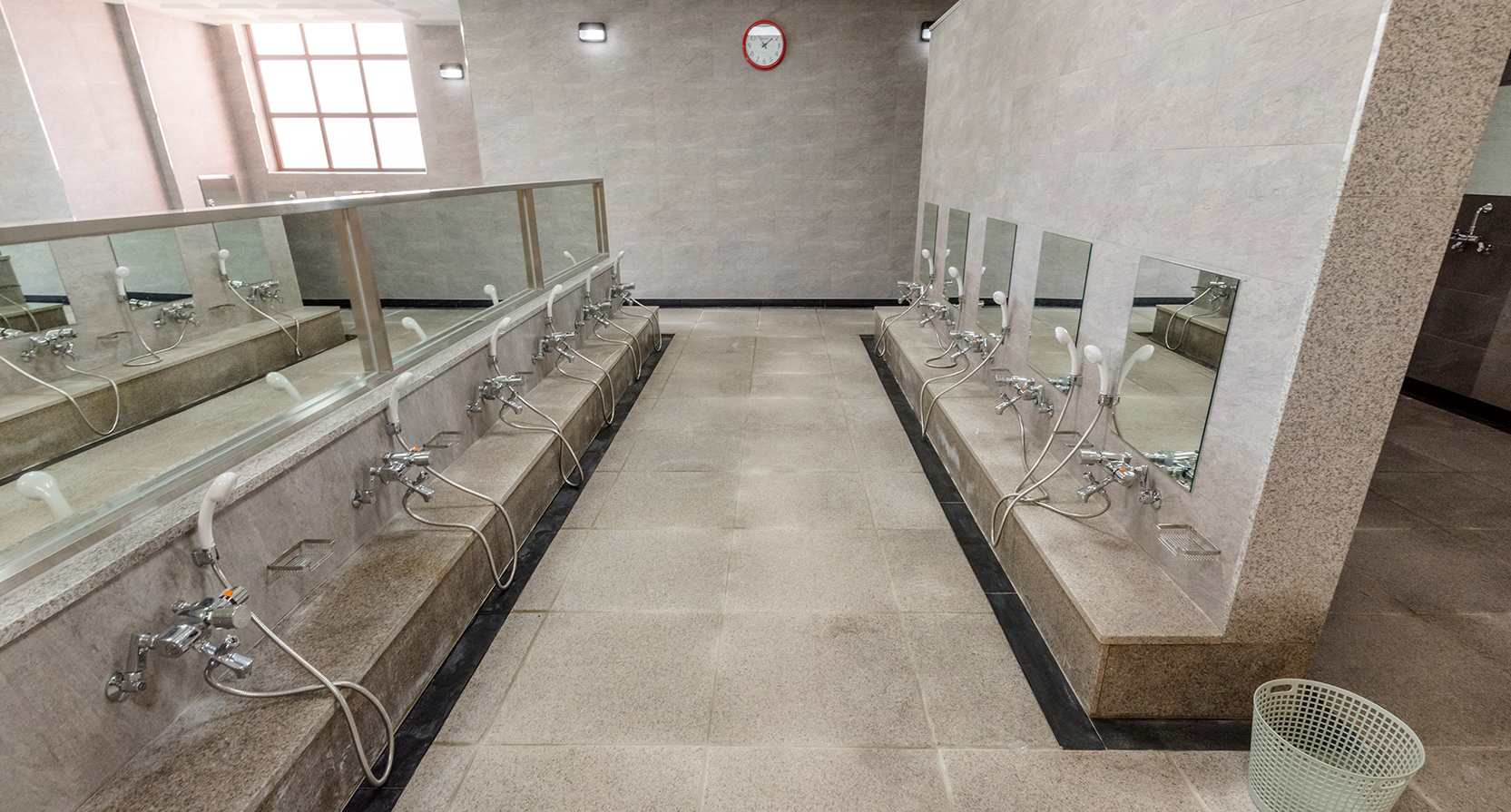January 2021

January 2021
In Korea, ‘bathing’ has long been a traditional custom. Bathing involves cleansing both the hair and body. Meanwhile, the communal space or facility of ‘public bathhouses’ has not been around for more than 130 years. So then, how has the concept of communal bathing steeped into part of Korean culture? We offer in this article an overview of what evolution Korean bathing cultures and facilities have undergone in the distant and near past.
![]()
Written by
Kim Yuna,
curator at Incheon Metropolitan City Museum
 To clean or prevent from infections, ancient Koreans frequented rivers, hot springs plus valleys and streams amid temples. © KANSONG Art and Culture Foundation
To clean or prevent from infections, ancient Koreans frequented rivers, hot springs plus valleys and streams amid temples. © KANSONG Art and Culture Foundation
Upon stepping into a public bathhouse, entrants are to disrobe. While foreigners are often surprised about this part, Koreans have long felt rather at liberty to disrobe in front of others. This has been made possible, at least in the traditional consciousness, due to the attribution of water to holiness. Bak Hyeokgeosae, the founding monarch of Silla, is said to have been discovered in a well called Najeong. He is sad to have come out of the egg, a boy, simultaneous to a ray of reddish light shining down from the sky. Celebrating, the townspeople who had witnessed the occasion is said to have bathed Bak in a stream called Dongcheon. Instantly, animals from the surrounding forests and fields flocked to dance in celebration. The mythic tale is reflective of how much religious connotations, or those of sanctity, had long been associated with the act of bathing.
In the Goryeo dynasty wherein multiple kingdoms of the 10th century converged, bathing cultures underwent variations. Customary rituals of the time, like prayers bidding for rain were preceded by bathing. Thus it can be implied that in addition to its sanitary functions and religious symbolization, ‘bathing’ complemented or took place under varied occasions. To clean or prevent from infectious diseases, ancient Koreans frequented rivers, hot springs (oncheon) plus valleys and streams amid temples. Upon visiting 12th-century Goryeo, a Chinese envoy recorded that “Goryeo’s customs of upkeeping cleanliness prevails” and that “there was no shame in bathing together with the other gender in pools of water.” The people of Goryeo bathed naked with nonchalance. They are said to have been particular aficionados of bathing, with some even utilizing natural aromatic substances from flora like orchid.
 © 6699 Press
© 6699 Press
 Since public bathing become mainstream in the 1960s, it became conventional to visit bathhouses prior to a special event.
Since public bathing become mainstream in the 1960s, it became conventional to visit bathhouses prior to a special event.
Koreans from then recall memories of sipping on banana milk after scrubbing off dead skin cells. © Incheon Metropolitan City Museum
In the Joseon dynasty that followed Goryeo, Confucianism prevailed: ethics prioritizing respect for parents and ancestors. Taking care of one’s body also became considered part of one’s duty for elders. As such, cleansing the body became a personal occasion, and being naked under eyesight of others a secretive one. As a result, tubs were added to the cleansing process. Pools of water specifically prepared for cleansing purposes, of varied sizes whether for face washing, hand washing or foot bathes. Those of the upper classes and royalty often had personal rooms decked out with a personal bathtub. Meanwhile, commoners or the masses snuck into rivers to bathe themselves, save for special occasions or prior to a particular event.
In the meantime, bathing also became considered a means to cure diseases. Many people gathered to plunge into hot springs, which were basically deemed a one-stop answer to heal any and every ailment. On a national or administrative level, sauna rooms with a pine tree dome and made with red clay, to heat up the wood, were built to provide remedy for the impoverished class. It was after the 19th that the general populace picked up again communal, naked bathing practices.
Though Koreans are at comfort with
the concept of disrobing in
communal baths, bathhouses haven’t
been around for very long.
Koreans are now familiar with the concept of disrobing and stepping into a communal bathtub. However, it hasn’t been long that bathing customs have been around for. It is during Korea’s modern era wherein masses, commonly took baths as a way to retain cleanliness, in water specifically heated for the occasion. The first Korean bathhouses appeared in the late 19th century, as facilities enacted for Japanese upon their arrival via the open port. At the time, Korean intellectuals vouched for the necessity of building more facilities that serve sanitary needs of the people. In reality, the argument in twisted form became wielded instead as imperial Japan’s rationale having to do with Koreans’ inferior filthiness as a race (compared to the Japanese) when Korea’s sovereignty was taken over in 1910. Though the point in time triggered numerous bathhouses to crop up across the nation, uses of Hangeul (Korean language) and Hanbok (Korean traditional clothing) were prone to have the person-in-hand be rejected from entering. For the Koreans who were left without a country, bathhouses were yet another place of outright, shameful discrimination.
 Restrictions alleviated in late 1990s, allowing for 24 hours-long operations of bathhouses. © shutterstock
Restrictions alleviated in late 1990s, allowing for 24 hours-long operations of bathhouses. © shutterstock
Restrictions alleviated in late 1990s, allowing for 24 hours-long operations of bathhouses. © shutterstock